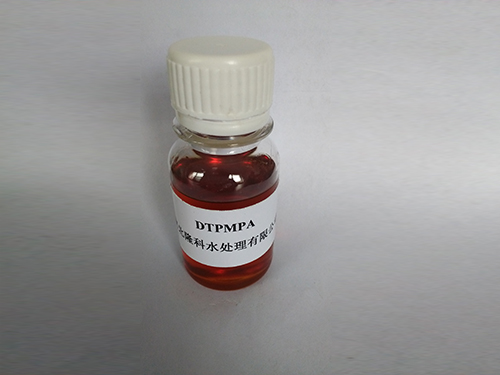Understanding the Role of Coagulants and Flocculants in Water Treatment Processes
The Role of Coagulants and Flocculants in Water Treatment
Water treatment is an essential process that ensures the safety and quality of water for human consumption, industrial use, and environmental preservation. Among the various techniques employed, the use of coagulants and flocculants plays a crucial role in the removal of suspended solids, organic matter, and contaminants from water. By understanding the mechanisms through which these agents operate, we can appreciate their importance in maintaining water quality.
What are Coagulants and Flocculants?
Coagulants are substances that promote the agglomeration of particles by neutralizing their electric charges, thus aiding in the formation of larger aggregates. Common coagulants include aluminum sulfate (alum), ferric chloride, and polyaluminum chloride. These chemicals initiate the coagulation process by destabilizing colloidal particles in water, allowing them to clump together.
Flocculants, on the other hand, are polymers that further assist in the agglomeration process by bridging between particles, enhancing the formation of larger, heavier flocs. This process significantly improves the efficiency of sedimentation and filtration processes. Common flocculants include polyacrylamide and natural polymers like starch and chitosan. Together, coagulants and flocculants work in tandem to make the purification of water more effective.
Mechanism of Action
The treatment process typically begins with the addition of a coagulant to water, which disrupts the stability of colloids. Upon addition, the positively charged coagulant ions neutralize the negative charges of the suspended particles, leading to the formation of micro-flocs. This is often followed by the addition of a flocculant, which promotes the binding of these micro-flocs into larger flocs that can be easily removed through sedimentation or filtration.
The efficiency of coagulation and flocculation is influenced by several factors, including pH, temperature, and the presence of other chemicals and impurities in the water. Therefore, operators must carefully monitor and adjust these parameters to optimize the treatment process.
coagulants and flocculants

Applications in Water Treatment
The use of coagulants and flocculants is widely applied in various water treatment scenarios, including municipal drinking water treatment, wastewater treatment, and even industrial processes. In municipal water treatment, the primary goal is to remove turbidity and pathogens, ensuring that the water is safe for human consumption. The coagulation and flocculation process can remove up to 90% of suspended solids, significantly improving water clarity and quality.
In wastewater treatment, these agents are invaluable in the removal of pollutants. Industries generating wastewater often employ coagulants and flocculants to treat their effluent before disposal. This is especially crucial for industries like paper manufacturing, textiles, and food processing, which produce wastewater rich in organic solids and chemical contaminants.
Environmental Considerations
While coagulants and flocculants play a vital role in the treatment process, it is essential to consider their environmental impact. Some traditional coagulants, such as aluminum sulfate, can lead to elevated aluminum levels in treated water, raising concerns about health effects. As a result, there is a growing trend toward using more sustainable and less harmful alternatives, such as natural coagulants derived from plant materials.
Moreover, following the coagulation and flocculation processes, proper disposal of the resulting sludge is critical. Sludge can contain concentrated pollutants, and improper handling can pose environmental risks. Therefore, further treatment or safe landfill practices must be employed to manage the sludge effectively.
Conclusion
The significance of coagulants and flocculants in water treatment cannot be overstated. They are essential tools for ensuring that water remains clean, safe, and suitable for various uses. As water quality standards become increasingly stringent and environmental concerns grow, the ongoing research and development of new, more effective, and sustainable coagulants and flocculants will shape the future of water treatment. Enhanced understanding of their mechanisms and impacts will ultimately lead to better practices, promoting both public health and environmental stewardship.
-
The Ultimate Guide to Flocculants: Transforming Water TreatmentNewsNov.01,2024
-
Improve Your Water Treatment Solutions with PolyacrylamideNewsNov.01,2024
-
Enhance Your Water TreatmentNewsNov.01,2024
-
Empower You to Achieve the Highest Standards of Water QualityNewsNov.01,2024
-
Effective Scale InhibitorsNewsNov.01,2024
-
Discover the Power of Poly Aluminum Chloride in Water TreatmentNewsNov.01,2024





